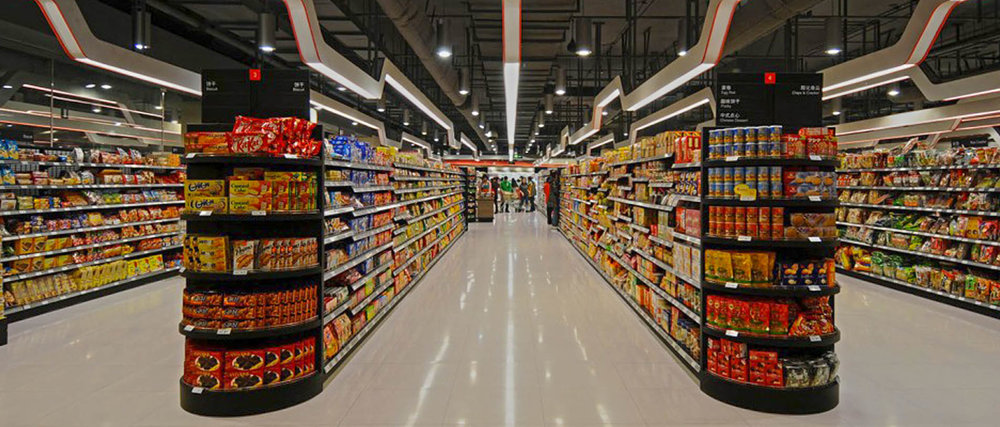How Effective Inventory Management Can Boost Retail Profits
In the world of retail, profits often depend on how well inventory is managed. While many retailers focus on marketing, pricing, or customer service, inventory management is sometimes overlooked. Yet, it plays a critical role in ensuring that the right products are available at the right time, in the right quantities. Poor inventory management can lead to stockouts, overstock, and wasted resources, while effective management can significantly boost efficiency, customer satisfaction, and ultimately profits.
1. Reducing Overstock and Waste
Overstocking is one of the most common problems in retail. Holding excess inventory ties up valuable capital and increases storage costs. In industries like food and beauty, where products have expiration dates, overstock can also lead to wasted goods. Effective inventory management systems help retailers track demand patterns and adjust orders accordingly. This reduces waste, frees up cash flow, and allows businesses to reinvest in other profitable areas.
2. Avoiding Stockouts and Lost Sales
Stockouts can be just as harmful as overstock. When a customer cannot find the product they want, they are likely to turn to competitors. Repeated stockouts damage the store’s reputation and reduce customer loyalty. By using demand forecasting tools and automated reordering systems, retailers can ensure that popular products are always available. Consistently meeting customer expectations directly translates into increased sales and long-term trust.
3. Improving Cash Flow
Inventory is one of the largest expenses for retailers. Poorly managed inventory ties up money in products that do not sell quickly, leaving less cash for other critical business needs. Effective inventory management ensures that capital is not wasted on unnecessary stock, giving retailers better liquidity. This improved cash flow allows businesses to invest in marketing campaigns, staff training, or new product lines—all of which can drive higher profits.
4. Enhancing Customer Satisfaction
Satisfied customers are the backbone of profitable retail businesses. When inventory is well-managed, customers are more likely to find what they are looking for without delays. Retailers can also use data from inventory systems to identify customer buying habits, enabling them to offer personalized recommendations. A store that consistently meets customer needs builds loyalty, and loyal customers are more likely to spend more and return regularly.
5. Leveraging Technology for Efficiency
Modern inventory management is powered by technology. Tools such as Point-of-Sale (POS) systems, barcode scanners, and cloud-based inventory software give retailers real-time data on product availability. These tools not only prevent human errors but also provide valuable insights into sales trends and seasonal demands. Retailers who adopt such technology gain a competitive edge by making faster and more accurate decisions.
Conclusion
Inventory management is far more than a back-end process—it is a strategic element that drives profitability. By reducing waste, avoiding stockouts, improving cash flow, and enhancing customer satisfaction, retailers can achieve sustainable growth. Leveraging modern technology ensures that inventory systems are accurate, efficient, and aligned with customer demand. In today’s competitive retail market, effective inventory management is not just an option—it is a necessity for boosting profits.


